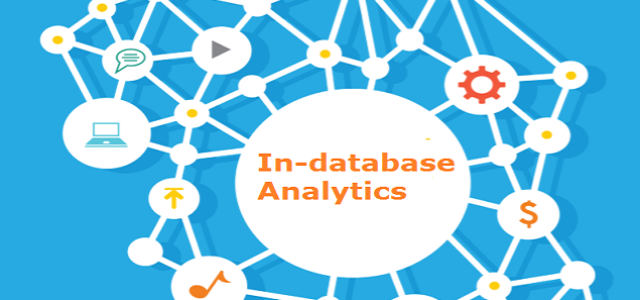Government ie The Public Sector doesn’t actually care about Digital Transformation but they do care about adding value to their stakeholders:
- Meeting citizen needs
- Transforming patient care
- Developing students for tomorrow’s workplace
- Addressing tenant needs
But the fact is in today’s digital age it is impossible to truly add value to stakeholders unless you digitally transform. Indeed the danger is that government will actually be providing a disservice to citizens unless they face up to Digital Transformation.
In their book “Digitizing Government’’ the authors Brown, Fishenden and Thompson state that “The true opportunity of digital lies in a fundamental reshaping and improvement in Government and our public services.” They go on to emphasise that “Industrial age organisational structures and processes are a busted flush – and an increasingly expensive indulgence – in the digital era”. The challenge they say is to “agree how Government ie public services should be redesigned, and to stop merely throwing more technology and money at fossilizing the way it worked yesterday”.
Then we must ask the question:
How do you go about Digitally Transforming public services?
A google search will undoubtedly throw up many different approaches and many different ideas but fundamental themes will emerge around Strategy and Vision, Culture and changing mind-sets, communication and engagement, innovation, data and analytics and of course technology. Even if you concentrate on the fundamental themes it would still be easy to become confused by the sheer complexity as presented and the scale of change required.
The solution to this confusion is to operate within a Digital Transformation Framework that ensures that you maintain a focus on your strategic goals while at the same time developing the right culture and capacity of your staff and use data and analytics properly by asking the right questions which emerge from your purpose and strategy.
In their book “Leading Digital” Westerman, Bonnet and McAfee break down organisations into those that are:-
Beginners – At the start of their digital journey – many adopting a wait and see policy – lacking digital leadership
Fashionistas – are not waiting to act –they flaunt their technological trendiness but lack real digital leadership and governance
Conservatives – they have a capability profile that is the opposite of Fashionistas but excess prudence prevents them maximising the benefits of digital transformation
Digital Masters – display true digital leadership and know how and where to invest their time, talent and money to maximize the benefits of digital transformation.
At Ionology we have developed the only peer reviewed Digital Transformation Framework, which ensures that your strategy can be properly implemented in the digital age. It is interactive and data driven which allows changes and amendments to be made as your transformation progresses. It prevents your organisation falling into the traps as highlighted in “Leading Digital” so that you have the confidence to get on the Digital journey and are not simply pulled by technology, paralysed by bureaucracy or fossilizing outdated work practices.
Digitally transforming government or public services requires buy-in from politicians, board members and councillors. It requires Chief Executives and Directors to provide leadership and focus. The provision of a separate budget is vital but above all you need to work within a Digital Transformation Framework.
Article by channel:
Everything you need to know about Digital Transformation
The best articles, news and events direct to your inbox
Read more articles tagged: Featured, Frameworks







